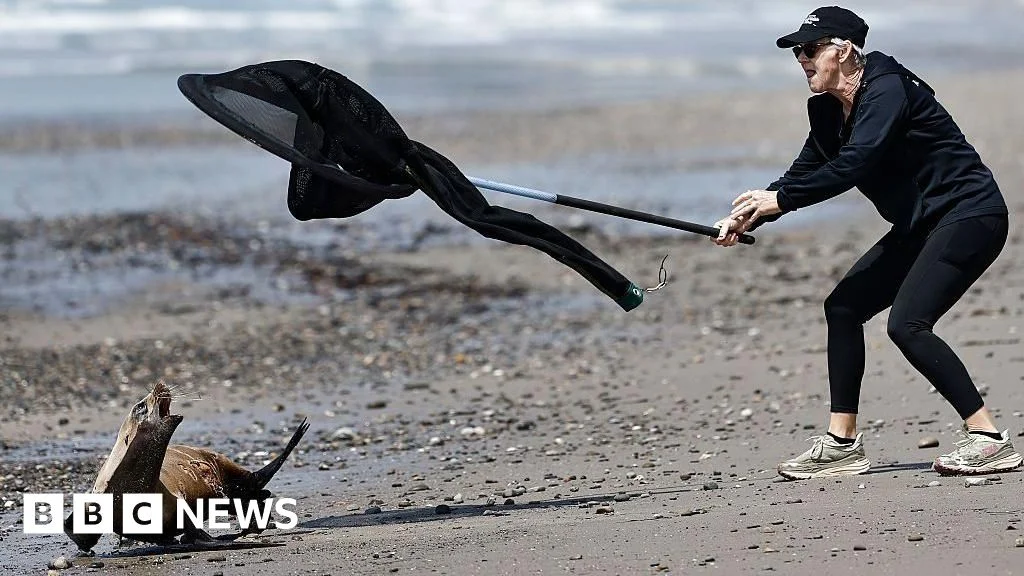
Red Tide and Domoic Acid Impact Sea Lions Along U.S. Coasts
Recent environmental reports have highlighted the severe impact of red tide and domoic acid on marine life along the U.S. coasts. In Southern California, red tide, exacerbated by recent wildfires, has led to significant ecological disturbances. The phenomenon, caused by harmful algal blooms, has been linked to the deaths of numerous sea lions and other marine species.
Similarly, along the Oregon coast, an outbreak of domoic acid toxicosis has been confirmed in sea lions. This neurotoxin, produced by certain types of algae, has caused severe neurological symptoms and fatalities among the affected animals. Experts from National Geographic and other environmental organizations have expressed concern over the increasing frequency of such events, attributing them to broader climate change impacts.
These incidents underscore the urgent need for enhanced monitoring and mitigation strategies to protect marine ecosystems. As the situation develops, authorities and environmental groups are working to assess the full extent of the damage and to implement measures to prevent future occurrences.